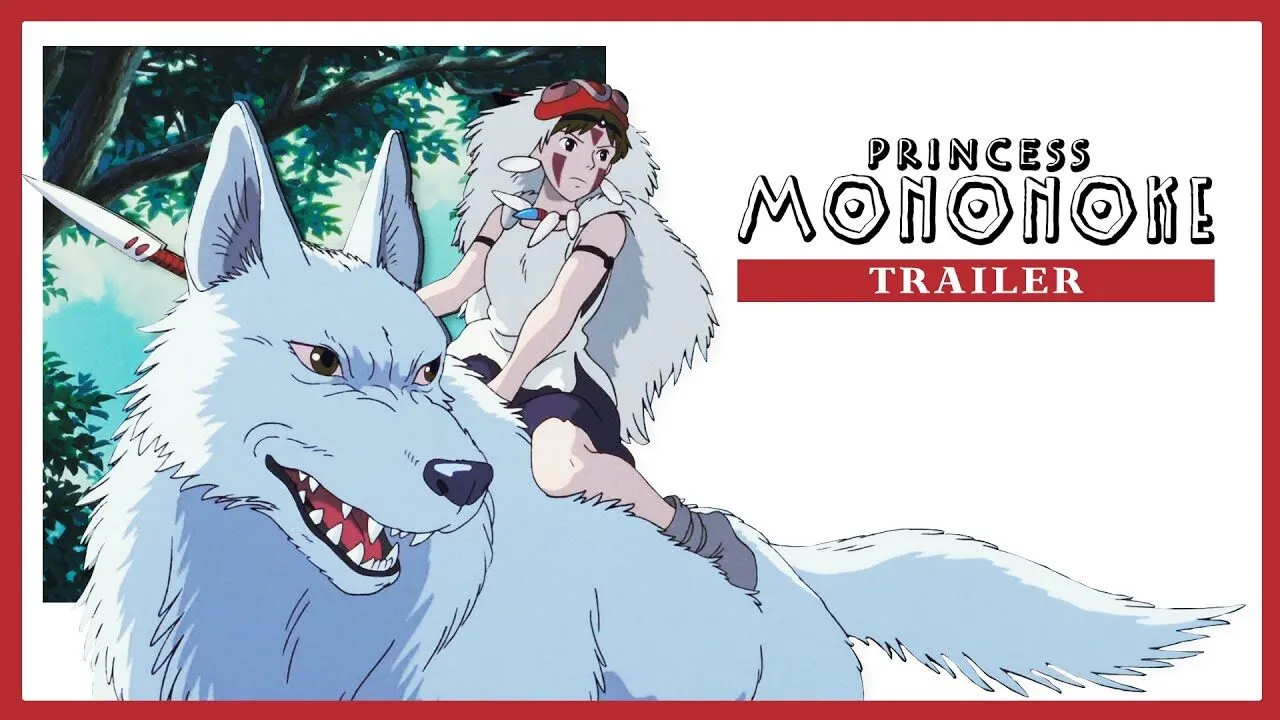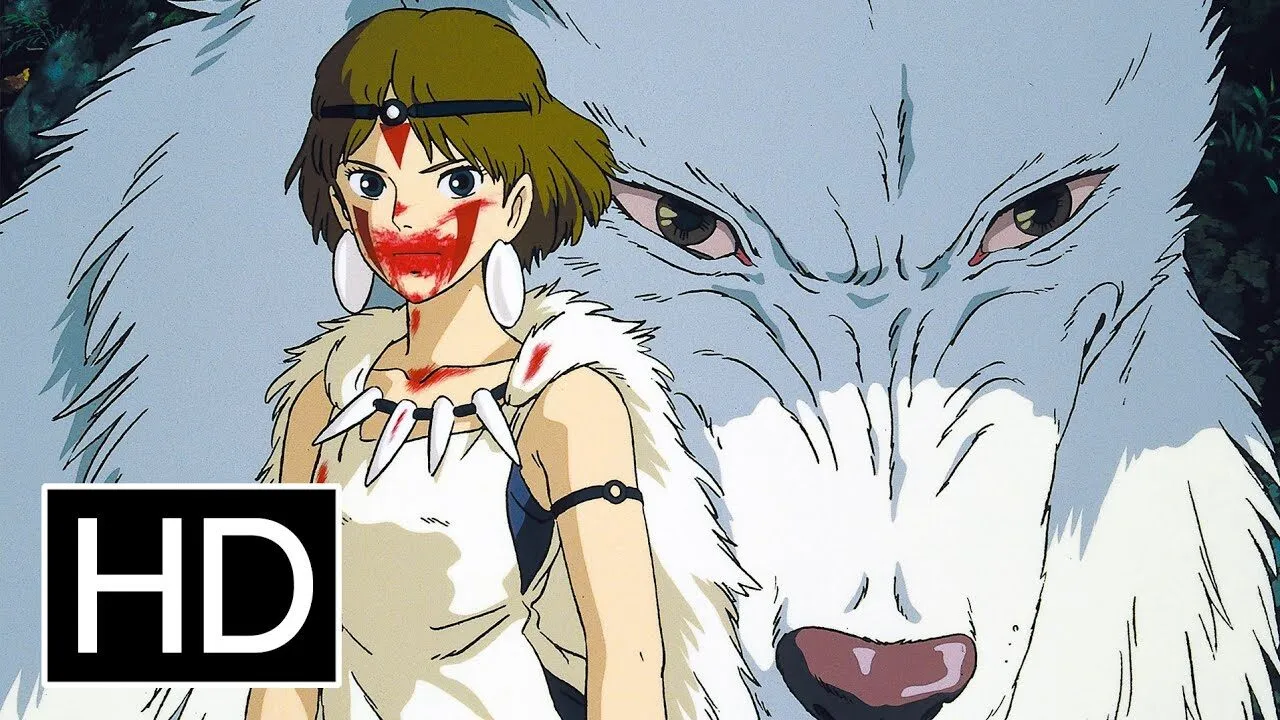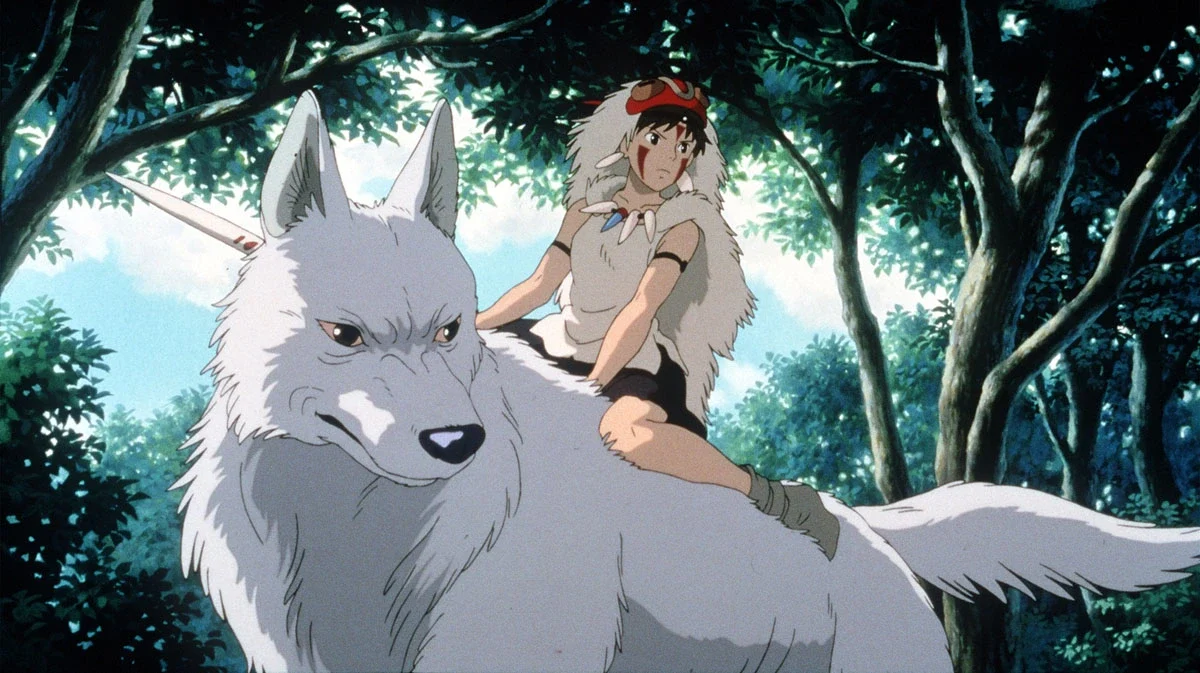Hayao Miyazaki’s Princess Mononoke (1997) is a landmark in animation, blending breathtaking visuals with a deeply emotional and philosophical narrative. The film is set in a fantastical world inspired by Japan’s medieval era, where humans and nature clash in a battle for survival. With its rich storytelling, complex characters, and powerful environmental themes, Princess Mononoke remains one of Studio Ghibli’s most celebrated films.

The story follows Ashitaka, a young prince who is cursed by a demon and embarks on a journey to find a cure. His quest leads him to Irontown, a human settlement led by the strong-willed Lady Eboshi, who seeks to expand her industrial empire at the cost of the surrounding forests. In the wild, Ashitaka encounters San, the “Princess Mononoke,” a fierce warrior raised by wolves who fights to protect the natural world from human destruction. Torn between both sides, Ashitaka strives to find balance in a war that threatens to consume everything.

One of the film’s greatest strengths is its complex characters. Unlike traditional animated films with clear heroes and villains, Princess Mononoke presents a morally gray conflict. Lady Eboshi, despite her destruction of the forest, is portrayed as a compassionate leader who provides a home for outcasts and lepers. Meanwhile, San, though noble in her cause, is driven by rage and struggles to trust humans. This complexity adds depth to the film, making the story more engaging and thought-provoking.

Visually, Princess Mononoke is a masterpiece. Studio Ghibli’s hand-drawn animation is stunning, with lush forests, detailed character designs, and fluid action sequences that bring the world to life. The spirits of the forest, including the eerie yet beautiful Kodama and the godlike Deer Spirit, add an element of mysticism that enhances the film’s magical atmosphere. The animation still holds up today, proving Miyazaki’s timeless artistry.

Beyond its visuals, the film carries a strong environmental message. It explores the consequences of human greed, industrialization, and deforestation, themes that remain highly relevant today. Rather than providing a simple solution, Princess Mononoke presents a nuanced perspective on coexistence, urging viewers to find harmony between nature and progress. This makes the film not only entertaining but also deeply meaningful.

Joe Hisaishi’s musical score is another highlight, capturing the film’s emotional weight and grandeur. From the haunting melodies of the forest to the intense battle themes, the soundtrack enhances every scene, making the experience even more immersive. Hisaishi’s compositions elevate Princess Mononoke beyond just a visual spectacle, turning it into an emotional journey.

In conclusion, Princess Mononoke is a cinematic masterpiece that transcends the boundaries of animation. With its compelling characters, breathtaking animation, and profound themes, the film continues to captivate audiences worldwide. Whether you’re a longtime Ghibli fan or discovering it for the first time, Princess Mononoke is a must-watch that leaves a lasting impact.